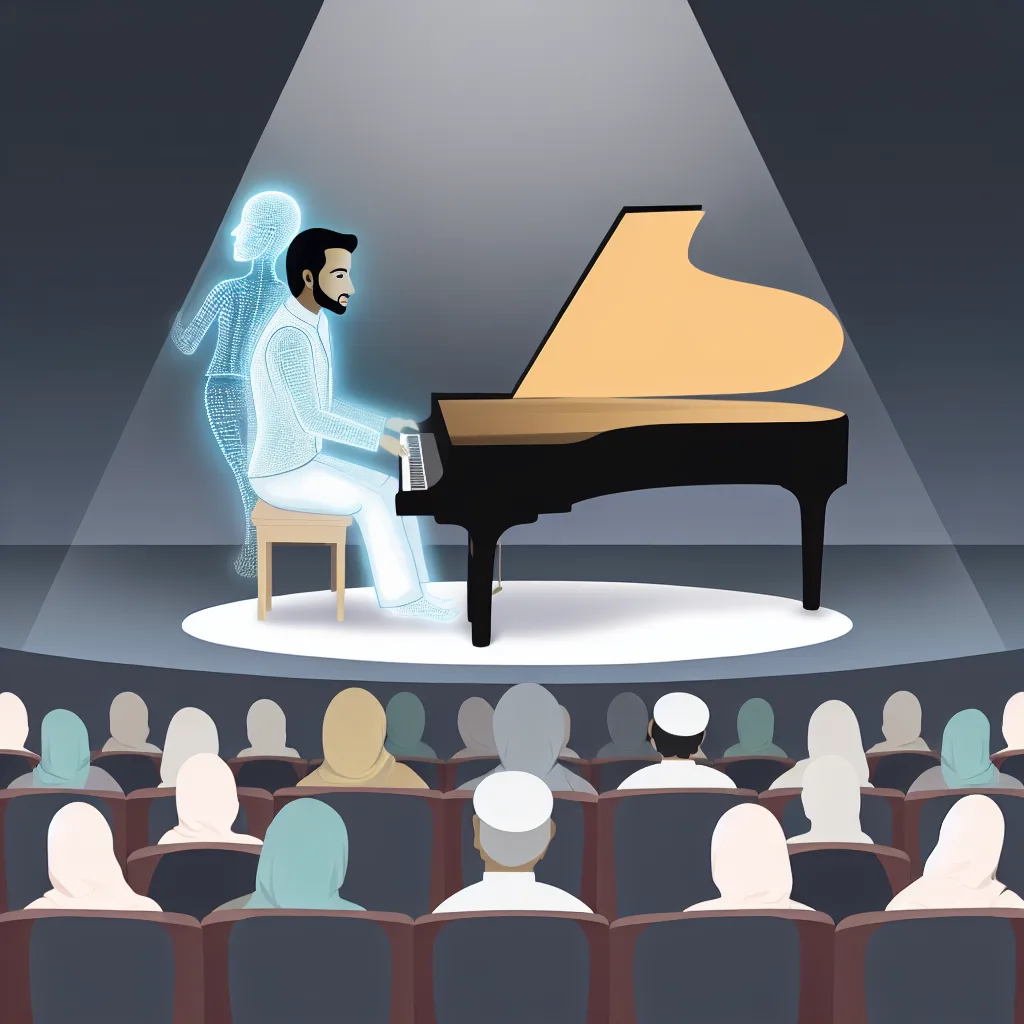Exploring the future where AI’s role in creating art shapes our trust in creativity
Have you noticed how AI in art is becoming part of our everyday life? It’s creeping into music, paintings, writing, and even performances. And honestly, it’s starting to change not just what we see and hear, but how we trust what we experience as art.
I want to talk about something that doesn’t get much attention: how AI could affect our faith in the authenticity of art. More and more, people are wondering if a piece of music, a painting, or even a poem was touched by AI. And in the near future, that doubt could become the norm.
The rise of doubt around AI in art
Imagine scrolling through your favorite streaming service. You come across thousands of songs, and each one could be completely human, partially AI-assisted, or fully generated by AI. It sounds realistic because it’s happening. AI tools are making it easier for anyone to create something that looks and sounds professional.
So what happens when everyone starts to assume AI was involved no matter what? When a musician says they wrote every note without any AI help, people might not believe them. This isn’t just about skepticism; it’s about a growing barrier to trust between artists and audiences.
Why trusting AI-free art matters
There’s a real value in knowing that a piece of art was made through someone’s hard work, creativity, and human skills—piano practice, lyric writing, painting hours, or mastering vocals. When that gets questioned, something important is lost: the connection between the creator’s personal journey and their audience.
Artists aren’t just performing; for many, their craft is a deeply personal story. If we start assuming AI does all the heavy lifting, it can feel like the soul of art is getting filtered through a machine. It’s not just about authenticity—it’s about how we relate to art on a human level.
How can we handle this new reality of AI in art?
We can’t ignore AI—it’s here to stay. But we can try to bring more transparency. For example, some platforms are exploring ways for artists to label whether AI was used and how much. This helps audiences make informed choices about what they’re consuming.
Also, credibility might come back to artists sharing their process openly—behind-the-scenes videos, live performances, workshops. The more people see and understand the work put into the art, the more they can appreciate the human touch.
It’s a balancing act. AI can be a tool for inspiration and creation, but the value lies in knowing when and how it was used.
What’s next for our trust in art?
In the not-too-distant future, watching a live band might come with a shadow of doubt for some. Will listeners believe the musicians are genuinely playing, or just blending with AI-generated sounds behind the scenes?
The bigger challenge? Keeping trust alive between creators and audiences. Trust that the art they experience is a true expression, whether that means fully human or collaborative with AI.
For now, appreciating both traditional skills and technological tools can help us respect the evolving landscape of creativity.
If you’re curious about the technical side of AI in creative fields, check out resources like OpenAI’s research on AI creativity and MIT Technology Review’s AI coverage. For insights on how artists are mixing AI with their craft, The Verge’s feature on AI-generated art is a great read.
As AI in art becomes more widespread, let’s stay curious and open—because the story isn’t just about machines taking over. It’s about how we, as people, adapt our trust, understanding, and appreciation of art itself.
